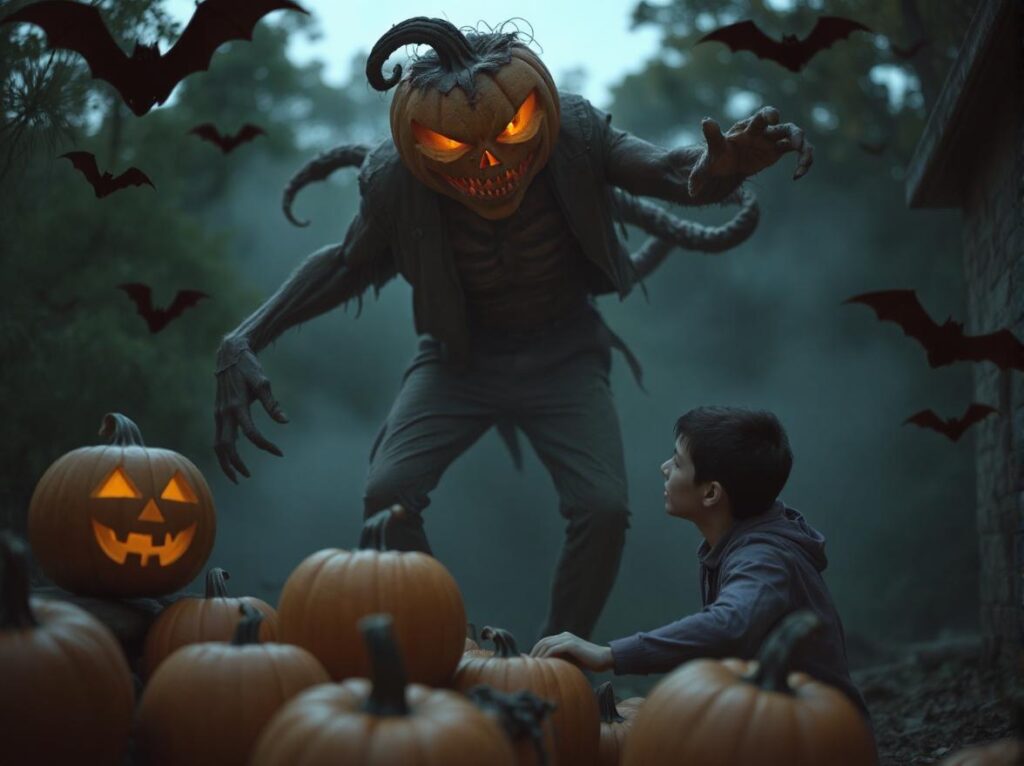Estimated Reading Time: 2 min
Anoka, Minnesota, hosted the first recorded Halloween celebration in America in 1920. Known as the “Halloween Capital of the World,” the city marked the beginning of organized community festivities in the U.S.
Although Halloween’s roots trace back to Samhain, the holiday gained widespread popularity in the early 20th century.
Halloween and Its Origins
Halloween, celebrated on October 31st, features costumes, trick-or-treating, haunted houses, and spooky decorations. The holiday originated from the ancient Celtic festival of Samhain, which signified the end of the harvest season and the start of winter.
The Celtic Festival of Samhain
The Celts, who lived in present-day Ireland, the United Kingdom, and northern France, celebrated Samhain. They believed that on October 31st, the boundary between the living and the dead weakened, allowing spirits to return. To ward off these spirits, people lit bonfires and wore costumes.
Roman Influence
After the Romans conquered Celtic lands, they incorporated two of their festivals into Samhain. Feralia honored the dead in late October, while Pomona celebrated the harvest, particularly apples.
Christian Influence
By the 9th century, Christianity reshaped many pagan festivals. All Hallows’ Eve, the night before All Saints’ Day (November 1st), became a day to honor saints and martyrs. The name “Halloween” evolved from All Hallows’ Eve over time.
Modern Halloween Traditions
Halloween gradually became a community-centered holiday, especially in the U.S. Immigrants brought their traditions, and by the 19th century, the holiday gained popularity. Today, people celebrate with trick-or-treating, costume parties, and haunted attractions.
From its ancient origins to its modern celebrations, Halloween has transformed into a cultural event enjoyed by all ages, blending diverse traditions and influences.

